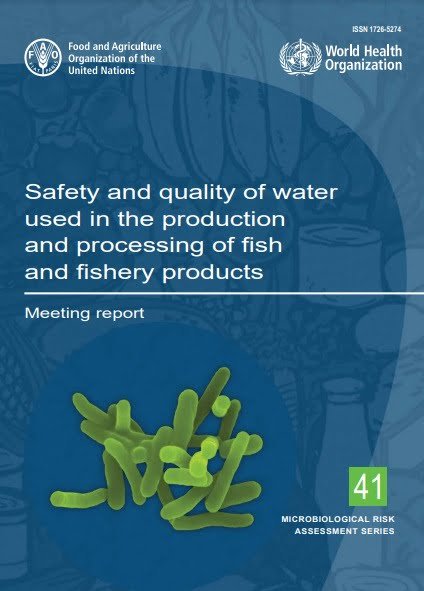Sustainable aquaculture alone can’t meet the growing appetite for fish in Europe, where 57 % of seafood consumed is currently imported. The Undersee water quality monitoring and data visualisation solution promises to boost industry’s yields, while enhancing quality and safety standards.
Oceans are the Earth’s most important resource, but they are critically under-sampled. An EU report noted: “Around 15 % of surface water bodies in the EU are in unknown ecological status and 40 % in unknown chemical status.”
Our seas also provide over a quarter of the EU’s consumed seafood and support 60 million jobs globally in fisheries and aquaculture. As the economic losses linked to harmful algal blooms alone are estimated to cost the aquaculture industry EUR 909 million per year in the EU, it’s essential to have reliable monitoring systems for continuous observation of the marine environment.
The EU-supported Undersee project has developed an innovative water device, similar to those used by research centres in Ships of Opportunity. These ships are equipped with flow-through systems (usually called ‘FerryBoxes’), featuring a bypass circuit of water to the vessel’s main hydraulic system, where all the sensors are located.
Real-time data
“The Undersee FerryBox can be fitted to almost any boat, collecting in situ data on water quality in real time and forecasting how this quality may change. Fish farmers and environmental agencies can benefit enormously from this new solution,” says Jorge Vieira, coordinator of the Undersee project.
Vieira, CEO of Matereospace, at the Instituto Pedro Nunes – Association for Innovation and Development in Science and Technology (IPN), in Portugal, which hosted the project, notes that the Undersee FerryBox is smaller, lighter and suitable for all kinds of boats.
“It has far more capabilities than previous versions. It automatically collects in-situ data such as water temperature, pH, dissolved oxygen and turbidity, which it sends to a cloud platform. The data is then integrated with Copernicus satellite and numerical model data,” says Vieira.
Stay Always Informed
Join our communities to instantly receive the most important news, reports, and analysis from the aquaculture industry.
“Just as you can access weather information on your smartphone and decide whether to carry an umbrella for the next few days, our Undersee system allows users to do the same for water quality,” he adds.
Alerts and forecasting
Environmental agencies get an automatic alert via SMS or email if an algae bloom is evolving, with information about its path for the next few days. They can collect water samples to check toxicity and take timely decisions. Fish farmers have the same information and can use the solution as a daily management tool, checking water quality parameters for upcoming days and planning fish-feeding needs.
“Our FerryBox is operational and now used under three monitoring contracts with environmental agencies and research centres. We already have good feedback from fish farmers in Spain, Norway, Portugal and Scotland, so we hope to close new deals soon with others working in this sector,” says Vieira.
The system is also being trialled elsewhere. This includes a technology transfer project on antifouling surfaces, in which the system is being tested with the aim of increasing FerryBox sensors’ lifetime and data reliability.
“Our next main targets are cloud platform improvements, for better forecasting, and adapting our device for water column observations via autonomous underwater vehicles. This solution could optimise deep sea mining operations,” concludes Vieira.
More information about Undersee: http://undersee.io/
Source: Cordis
Editor at the digital magazine AquaHoy. He holds a degree in Aquaculture Biology from the National University of Santa (UNS) and a Master’s degree in Science and Innovation Management from the Polytechnic University of Valencia, with postgraduate diplomas in Business Innovation and Innovation Management. He possesses extensive experience in the aquaculture and fisheries sector, having led the Fisheries Innovation Unit of the National Program for Innovation in Fisheries and Aquaculture (PNIPA). He has served as a senior consultant in technology watch, an innovation project formulator and advisor, and a lecturer at UNS. He is a member of the Peruvian College of Biologists and was recognized by the World Aquaculture Society (WAS) in 2016 for his contribution to aquaculture.




